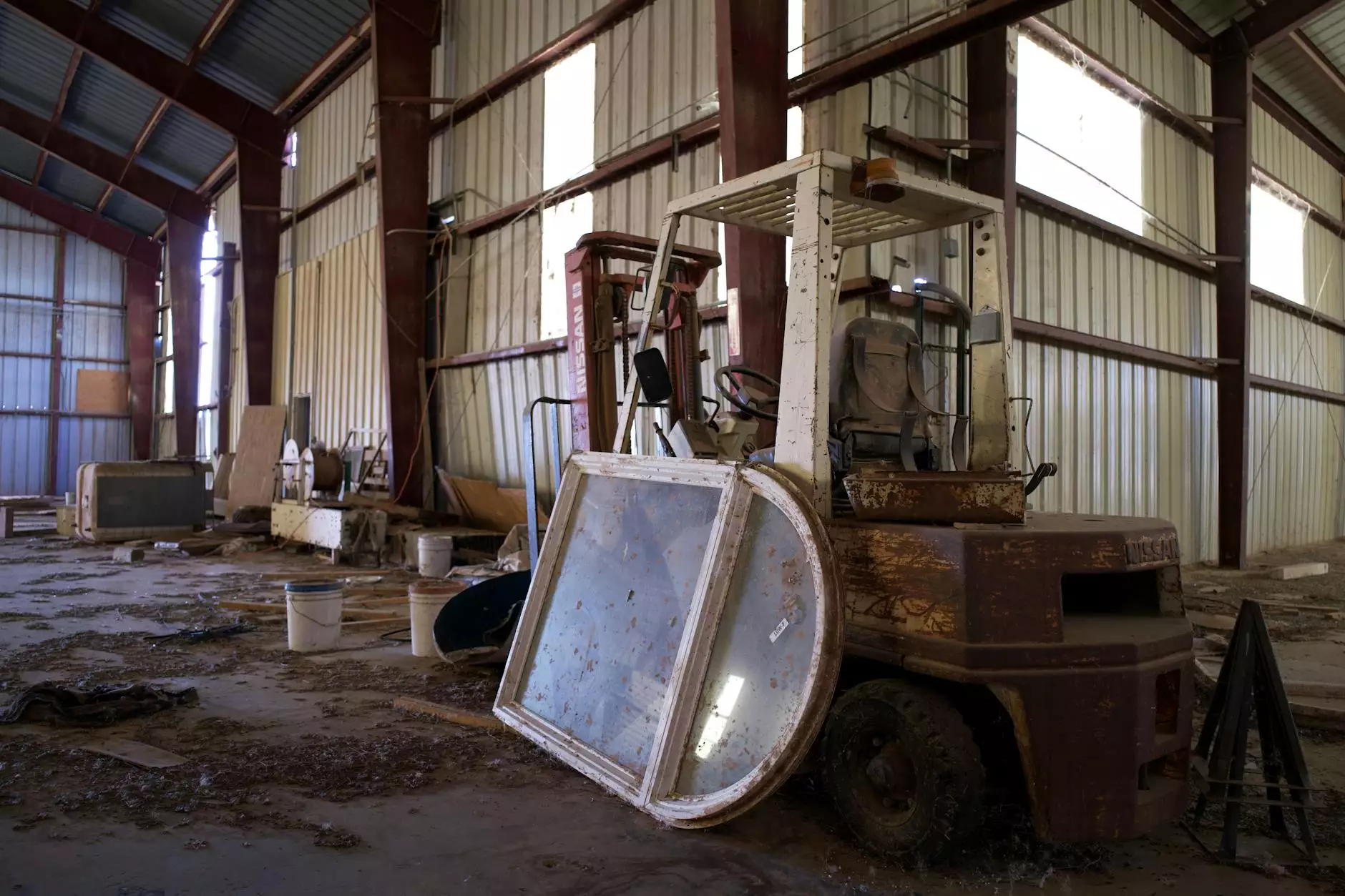Understanding Small Pneumothorax: Treatment and Management

Small pneumothorax is a condition characterized by the presence of air in the pleural space, a potential space between the lung and chest wall. This phenomenon can occur spontaneously or as a result of trauma, and while it often resolves on its own, understanding the various treatment methods is crucial for effective management. In this article, we will delve into the complexities of small pneumothorax treatment and provide insights into the best practices for addressing this condition.
What is Small Pneumothorax?
A small pneumothorax occurs when a tiny portion of air leaks into the pleural space, causing the lung to partially collapse. It can be asymptomatic or may cause mild discomfort and difficulty breathing. The severity of symptoms often dictates the approach to treatment.
Causes of Small Pneumothorax
Understanding the underlying causes of small pneumothorax can aid healthcare professionals in the diagnosis and treatment process. The common causes include:
- Spontaneous Pneumothorax: This type occurs without an obvious cause, often in tall, young males.
- Traumatic Pneumothorax: Resulting from injuries such as fractured ribs or penetrating wounds.
- Medical Procedures: Certain medical interventions, like lung biopsies or mechanical ventilation, can inadvertently cause pneumothorax.
Symptoms to Watch For
While a small pneumothorax may be uneventful, some individuals experience notable symptoms. Recognizing these signs is essential for timely treatment:
- Sudden Chest Pain: Often sharp and localized.
- Shortness of Breath: Difficulty in breathing, especially during exertion.
- Coughing: A dry cough may occur in conjunction with other symptoms.
Diagnosis of Small Pneumothorax
Diagnosing a small pneumothorax typically involves a combination of patient history, physical examination, and diagnostic imaging. A chest X-ray or a CT scan is often employed to confirm the presence of air in the pleural space.
Treatment Approaches
The treatment for small pneumothorax greatly depends on the extent of the collapse and the symptoms presented. Below are widely accepted treatment methods:
Observation
For many patients, especially those with minimal symptoms, observation may be the best approach. This allows the pneumothorax to resolve naturally without intervention. Patients are advised to:
- Rest and avoid activities that might reduce their breathing.
- Monitor symptoms closely and seek assistance if conditions worsen.
- Attend follow-up appointments to assess lung function and recovery.
Needle Aspiration
In cases where symptoms persist or increase in severity, needle aspiration might be performed. This minimally invasive procedure involves inserting a needle into the pleural space to remove excess air, allowing the lung to re-expand. It is a common treatment for small pneumothorax and is typically done in a clinical setting.
Chest Tube Insertion
For moderate to large pneumothorax, or if the lung remains collapsed despite aspiration, a chest tube (thoracostomy) may be necessary. A chest tube is inserted between the ribs, allowing continuous drainage of air from the pleural space until the lung fully re-expands.
Surgery
Surgical intervention is rarely needed for a small pneumothorax but may be considered in cases of recurrent pneumothorax or in patients with underlying lung disease. Procedures might include:
- Video-Assisted Thoracoscopic Surgery (VATS): A minimally invasive option that allows the surgeon to identify and seal air leaks.
- Pleurodesis: A procedure that adheres the lung to the chest wall, preventing future occurrences.
Aftercare and Recovery
Recovery from small pneumothorax treatment varies by method. Post-procedure care typically includes:
- Resting and avoiding strenuous activities.
- Monitoring for signs of recurrence, such as increased breathlessness or sharp pain.
- Regular follow-up appointments to ensure proper lung function.
Prevention of Small Pneumothorax
While not all pneumothoraxes can be prevented, certain measures can reduce the risk:
- Staying away from high-altitude sports if you have a history of lung issues.
- Wearing protective gear during contact sports to prevent chest injuries.
- Managing underlying lung conditions in consultation with healthcare providers.
When to Seek Medical Attention
Immediate medical attention is necessary if you experience:
- Sudden, severe chest pain.
- Significant difficulty breathing.
- Symptoms that worsen quickly, indicating possible complications.
The Role of Healthcare Providers
Healthcare providers play a crucial role in managing small pneumothorax. At Neumark Surgery, our team of skilled doctors emphasizes:
- Comprehensive assessments for accurate diagnosis.
- Personalized treatment plans tailored to individual needs.
- Patient education on recognizing symptoms and when to seek help.
Conclusion
Small pneumothorax, while often not life-threatening, requires careful observation and appropriate treatment. Understanding the small pneumothorax treatment options available empowers patients to seek timely help, ensuring better outcomes. For expert care, consultation with a specialized healthcare provider is recommended to navigate this condition effectively.
At Neumark Surgery, we are dedicated to providing top-tier medical care, prioritizing your health and well-being. Our experienced team is ready to assist you on your journey to recovery and to help manage any respiratory concerns you may face.
small pneumothorax treatment


